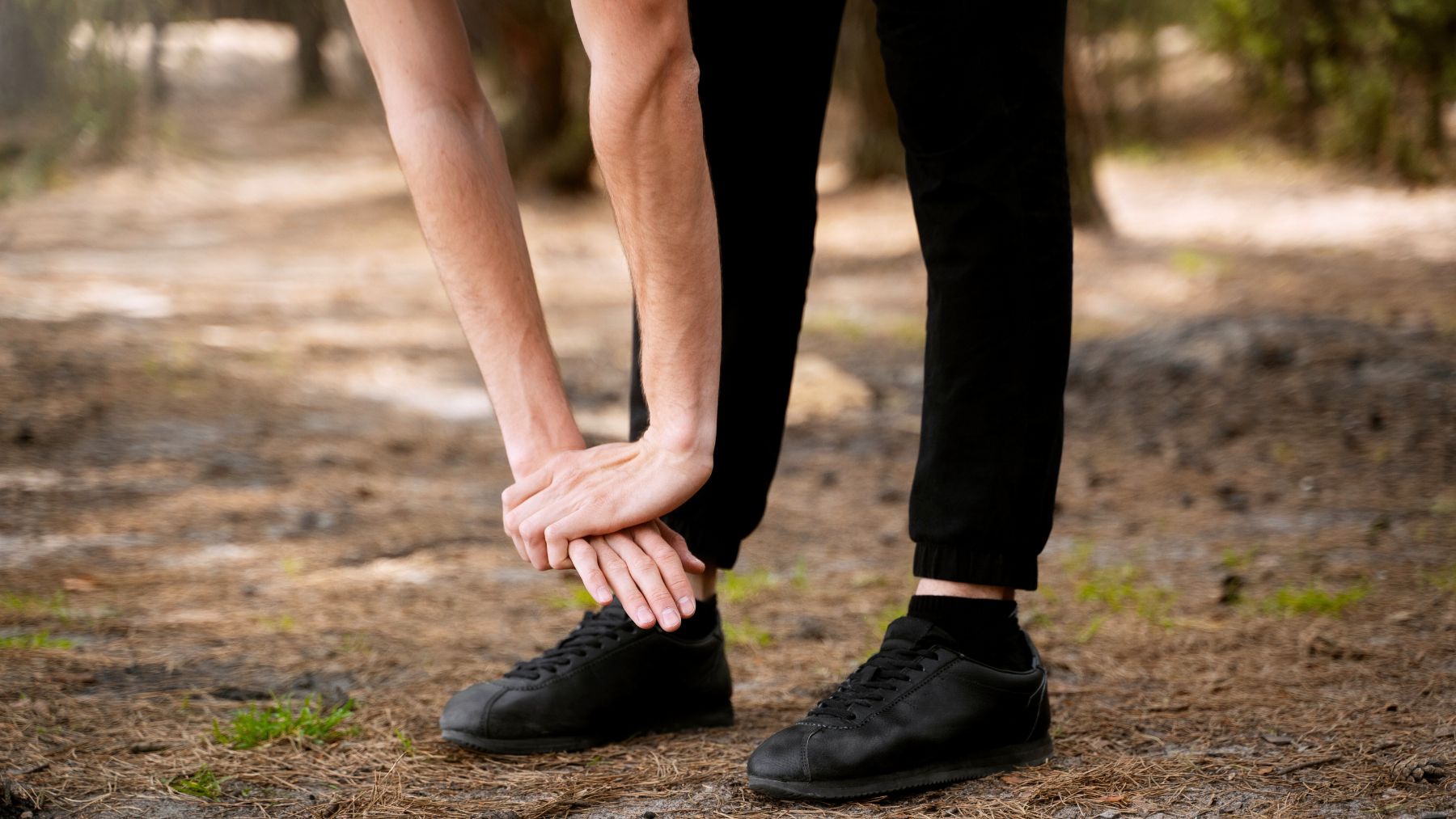Barefoot running has made a comeback, with runners swapping cushioned sneakers for minimalist shoes or no shoes at all. Supporters claim it strengthens the feet and legs in ways regular running can’t, promoting better balance, muscle control, and even injury resistance. But does it actually make your legs stronger, or is it just another fitness trend?
Experts say the truth lies somewhere in between. Without cushioning, your feet and legs must absorb more impact, forcing smaller stabilizing muscles to engage. Studies suggest this can improve strength and coordination, but only if it’s done correctly. Here, we’ll look at how barefoot running compares to traditional running, and how to practice it safely if you want to give it a try.
Barefoot running vs running with shoes
At its core, barefoot running is about returning to a more natural movement pattern. Before shoes existed, humans ran and walked barefoot across uneven terrain. Today’s running shoes, while protective, change how our feet interact with the ground. Most feature elevated heels, soft midsoles, and structured support to control pronation and reduce impact. These help prevent injuries but can also limit how much the foot works on its own.
When you run barefoot or in minimalist shoes, there’s no extra cushioning to rely on. The foot lands differently—usually on the midfoot or forefoot instead of the heel—and that shift activates muscles in the arches, ankles, and calves that don’t work as hard in traditional shoes. Over time, this can improve foot strength, ankle stability, and leg endurance.
However, barefoot running also comes with trade-offs. The lack of protection means more stress on bones and tendons, especially if you increase distance too quickly. A 2023 review in Nature noted that barefoot runners experience greater load on the foot and lower leg, which can raise the risk of overuse injuries like stress fractures or Achilles tendon pain. So while the potential for strength gains exists, they come with a learning curve.
Experts recommend alternating between barefoot and shod running rather than switching cold turkey. The change in stride and impact pattern can challenge muscles you didn’t even know you had, but it also requires patience to avoid injury.
How to safely try barefoot running
If you’re curious about barefoot running, start small. It’s less about running faster or longer, and more about retraining your body to move naturally.
- Begin with short sessions. Start with walking or jogging barefoot for a few minutes on a soft surface, like grass or a track. Gradually increase duration as your feet adapt.
- Strengthen your feet first. Add exercises like toe curls, calf raises, and balance work to prepare your muscles for the new demands.
- Check your form. Focus on landing lightly on the midfoot and keeping your stride short and quick. Avoid slamming your heels into the ground.
- Use minimalist shoes as a bridge. These offer some protection while still promoting natural movement.
- Listen to your body. Soreness in your feet and calves is normal at first, but sharp or persistent pain isn’t. Rest and recover as needed.
Barefoot running isn’t a shortcut to stronger legs, but it can help you build strength, balance, and awareness if you progress gradually. For many runners, the best approach is to blend both styles, using supportive shoes for long runs and barefoot sessions for technique and conditioning.
